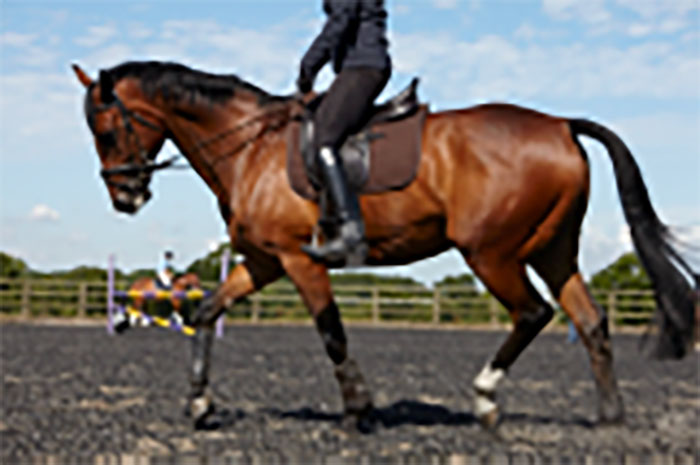Cervical Abnormalities in Equine Patients
Working as an Equine Veterinary Physiotherapist, I have experienced many horses with mild cervical abnormalities. They are very infrequently diagnosed.
As therapists we are very often seeing horses on a regular basis to help during the completion season, subtle signs of abnormalities should be picked up by the therapist and highlighted to owners and veterinary surgeons.
Treated correctly, the majority of minor ailments will not prevent a horse from doing the career the horse was selected to do. However the severity and time scale of abnormalities picked up and how they are dealt with, are critical to a cases success.
For example, mild changes detected in C3- C4 are particularly common. This horse presented with a lack of taking the contact. Not willing to go forward and poor performance in its jumping capabilities.




So what does a correct neck look like?


It is important to understand the correct patterning of the neck musculature.
Then you can see when a horse is using the neck irregularly and compensating through other areas of its body.

The horses shown here have no tension in flexion of the neck. The brachiocephalic muscle is the same width along the length of the neck.
When the neck is flexed there is no plateauing of the cervical vertebrae. In ridden exercise the horse’s head is on a vertical plane (not behind the bit) and the ears are level.
The horse switches reins with ease and is happy to have a contact.
The presence of these symptoms are not only assigned to neck abnormalities, but under strict scrutiny can be helpful at pin pointing an area to investigate.
Diagnosis by a veterinary surgeon is achieved with good quality x rays and sometimes ultrasonography can be helpful in seeing the facet joints.



